Snow Wings
Allen & Unwin, $15.95 pb, 294 pp
Dogboy
Penguin, $18.95 pb, 213 pp
Grave new worlds
‘Time will tell’ is an old adage that, in a peculiar way, links and separates these three different tales. While Victor Kelleher’s moving and poetic Dogboy lures readers into the harsh ‘Dry’ of a time that never was and never will be, Jutta Goetze’s story plunges into snow-bound Bavaria, in a time both familiar and strange to contemporary audiences. Kerry Greenwood, on the other hand, situates her futuristic sci-fi in a place and era at once known and yet irrevocably altered; creating an anachronistic story that is both challenging and exciting. All of these writers rely on temporality to both weave and anchor their stories with differing results.
Kelleher’s ‘dogboy’, the offspring of a nameless woman who sacrifices her newborn to the Great Father mountain, survives his first few hours of life only because of the tenacity of a freshly whelped bitch. Resisting the forces of nature, this dog, her one surviving pup, and her human child are discovered, after storms and floods, on the outskirts of a superstitious community. Despite their efforts to rid themselves of the boy’s unsettling presence, and despite attacks by an eagle, a pack of wolves and a foraging bear, the villagers eventually leave their new neighbours alone and even construe the boy’s survival as god-given. While none of the villagers is harmed by the animal incursions, the boy is both marked and saved by them, and the totems of his survival are hung around his neck by a kindly servant. The latter alone shows tenderness to the ‘half-beast’ boy who, as the years pass and a drought grips the countryside, grows and develops before the villagers’ eyes. Much to their horror and chagrin, the child also learns human speech and it is he who insists on the appellation ‘dogboy’, which will both exclude and bind him for years to come.
The story moves chronologically, following dogboy’s rapid maturity and his eventual exodus from the village, firstly, in the company of a devious pedlar and, later, in order to pursue what he believes is his destiny. His odyssey is heart-wrenching. As dogboy learns about the complexities of human nature – the wiles and cruelty that men and women are capable of – he also learns about himself and his own ‘humanity’. The lessons are sometimes brutal and unkind, but they are meaningful and always learned over time.
The climax of the story is a beautiful weaving of past, present and future; faith and material reality; and familial bonds and self-awareness: all of which are humbling for both the protagonist and the reader alike.
There have been other well-known tales written about children raised by animals (Edgar Rice Burroughs’s and Rudyard Kipling’s stories spring to mind), yet to compare Kelleher’s work to these is to imply that he does not contribute anything new to this type of narrative, but merely dallies with an established genre. That misunderstands and misrepresents a compelling story, sublimely told, that will leave readers, regardless of age or gender, simultaneously inspired by human potential and saddened by their own limitations.
In Snow Wings, Jutta Goetze is very aware of her readers and of the demands they make of a fantasy/quest story: a group of quickly established characters with identifiable idiosyncrasies, a frightening set of adversaries, a series of hurdles that show the group’s strengths and weaknesses, and a triumphal return. Goetze even throws in some domesticated and clever animals, such as a cat that thinks it is a hat and a cockatoo that has a better vocabulary than most students.
Set in an imaginary place named Wintersheim, an eclectic group of teenagers from different cultural backgrounds are soon thrown together, both to protect a young boy they call IDK (an acronym for ‘I Don’t Know’ – he can’t remember his name) and to save the town from the encroachment of the terrible and rapidly growing Shadows, who, coincidentally, appear around the time IDK is found.
This tale is relentless in its adventures as the children leave Wintersheim and magically move through a barrier that takes them into not quite another world, but nonetheless into danger and potential resolution. With the help of the mysterious Weatherman, who appears to be able to move between our world and the next, the children discover they have to find the ‘King’s crystal’ and thus restore light and equilibrium to both worlds. They confront more monstrous Shadows, a giant snowman, ice-lizards, avalanches and their own internal fears and anxieties.
While Goetze sets out to show how a group of disparate and differently talented teenagers can learn to work together and arrive at an understanding in order to thwart a mutual enemy, sometimes the characterisations fall into cliché and stereotype. There are also some inconsistencies in characterisation and plot that may not sit well with older readers. These misgivings aside, young readers should enjoy a story that presents a different setting from most young adult fantasies and that cleverly borrows Odysseus’s ancient ploy to escape the Cyclops, Polyphemus, to ensure the young protagonists’ victory.
Kerry Greenwood, a well-known author of crime novels and aficionado of ancient myths and legends, also uses themes, names and tropes from older fables, and, in doing so, constructs a gripping narrative. Binary oppositions collide and are unravelled in this tale of self-discovery and political machinations.
The Rat and the Raven is set in some indeterminate, post-apocalyptic future in which, above and below the poppet head of Ballarat, two potential adversaries – the ageing tyrannical ‘Rat’ King and youthful Bran the ‘Raven’ – are destined to meet.
Laden with allegory and metaphor, this book sparingly, yet clearly, exposes how rapid the decline of so-called civilisation can be when human-instituted systems collapse. Ballarat, now known as the Kingdom of the ‘Rat’, has deteriorated into an outpost of lawlessness and corruption. Yet the reader feels that it is just a microcosm of the global social changes that war, systemic failure and death have bred.
In this dystopian setting, nepotism thrives and power is held by predatory types who identify weaknesses and exploit and abuse them. Even universities, supposed bastions of social equity that pride themselves on correcting such abuses, are, in Greenwood’s cowardly new world, willing to use whatever means enable them to survive. It is perhaps significant that the heroes of this tale are from a university. On a quest to reunite family and friends, they journey by train along pre-existing tracks to derail one system and replace it, through passive resistance, with another more benign one. Linking the two rivals and two ‘worlds’ is a unique character, the androgynous ‘mouth of the prophet’, Scathe. Possessed of female breasts and a penis, the hauntingly beautiful Scathe is a child of incest – a necessary abhorrence, kept by the Sibylline Jocasta who, in an appropriation of the Oedipus fable, is blinded by her own hands and cannot read the future she painstakingly inscribes on the leaves that flutter into her cave. Her reliance on Scathe is pitiful and cruel, but he eventually sees through her lies and is unwittingly set on a path of liberation from his past.
Scarred by Jocasta, this tale of the downfall of an oppressive régime is as much about Scathe and the personal, familial and social politics that have ensured his outsider status and fuelled his personal demons, and about their gradual disintegration.
The love story between Bran and Scathe is unusual and compelling, and Greenwood is to be congratulated for taking readers in a direction that few have dared. At no stage is sexuality or masculinity compromised; instead, the notion of bonds and love, beyond those forged by the manacles of blood, is keenly played out.
As the first book in a new series, this is a more than promising start. One wonders, after employing ancient taboos and a variety of myths and legendary names as metaphors, where else Greenwood will take us.



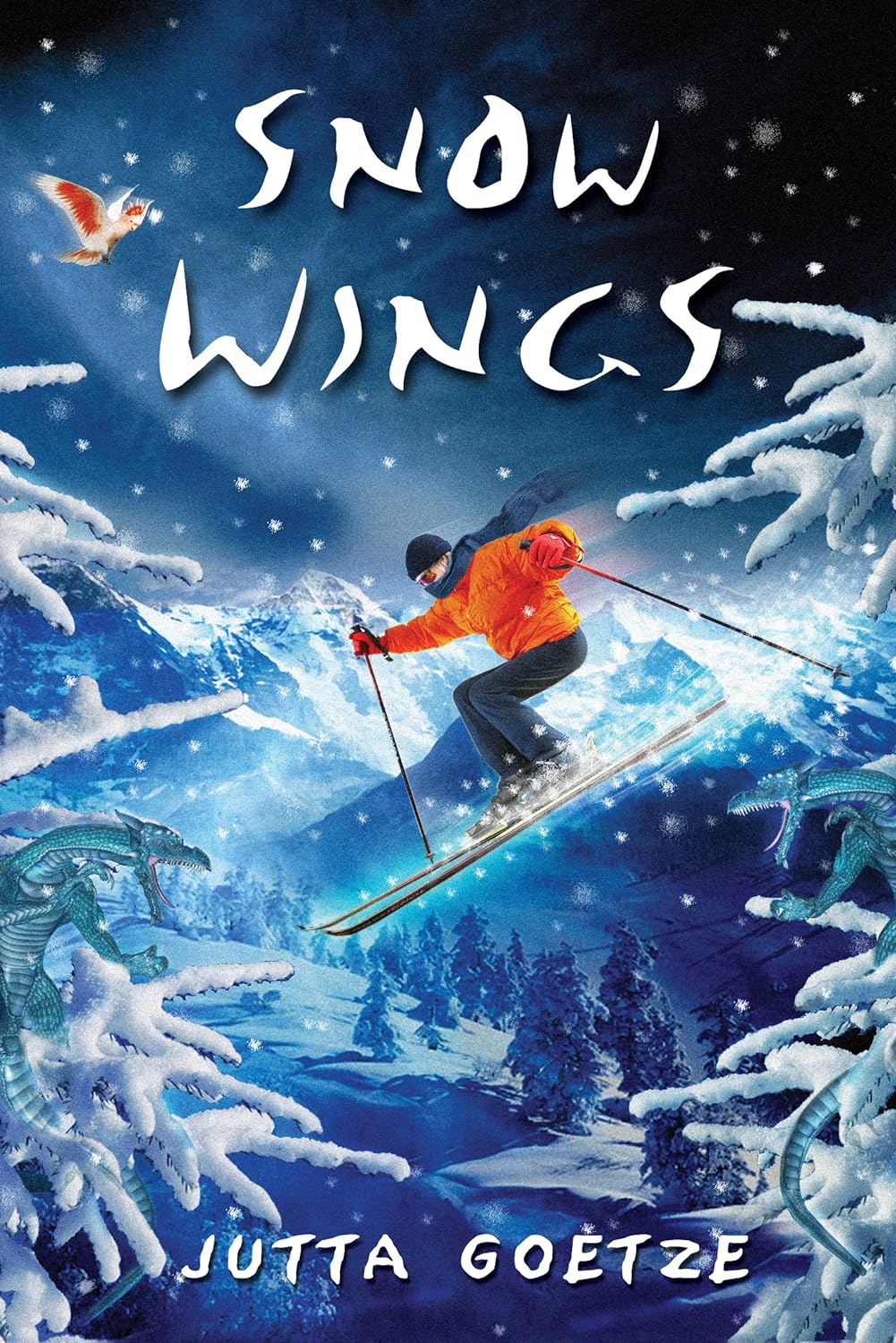
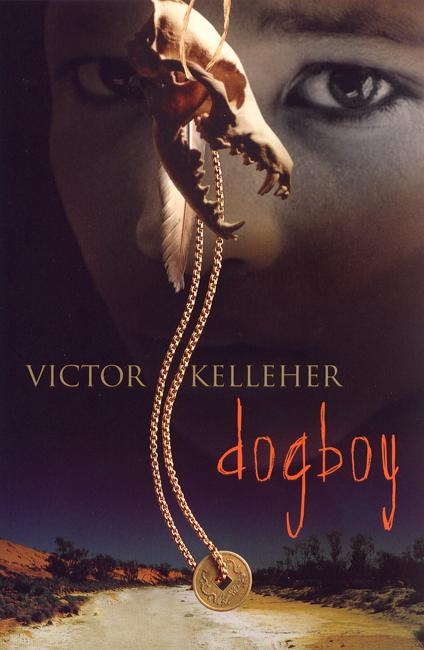

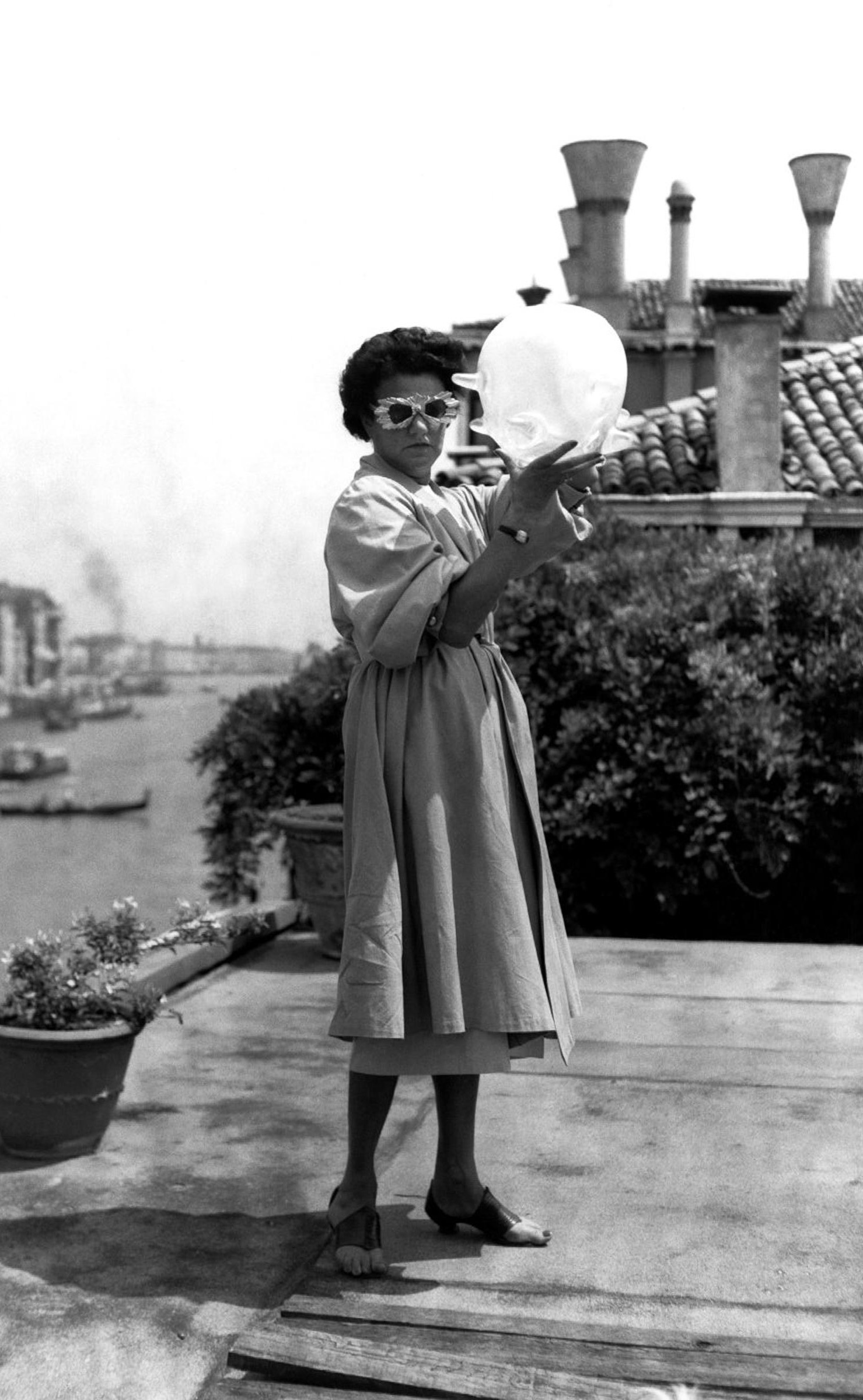

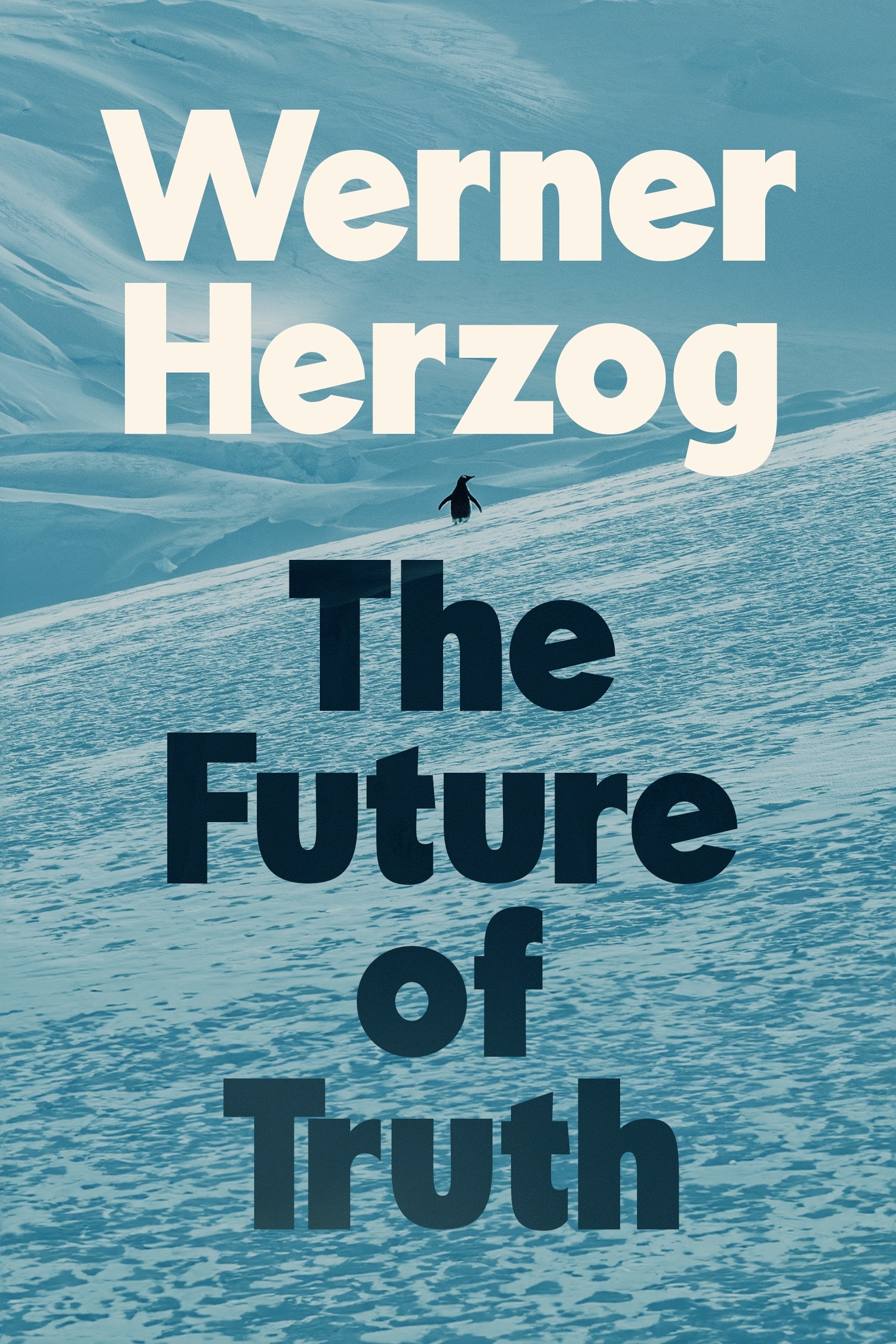
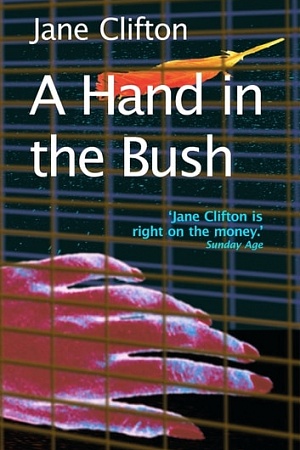



Leave a comment
If you are an ABR subscriber, you will need to sign in to post a comment.
If you have forgotten your sign in details, or if you receive an error message when trying to submit your comment, please email your comment (and the name of the article to which it relates) to ABR Comments. We will review your comment and, subject to approval, we will post it under your name.
Please note that all comments must be approved by ABR and comply with our Terms & Conditions.